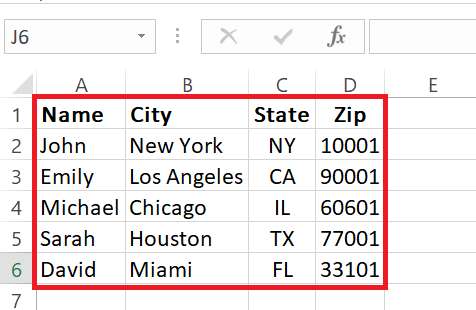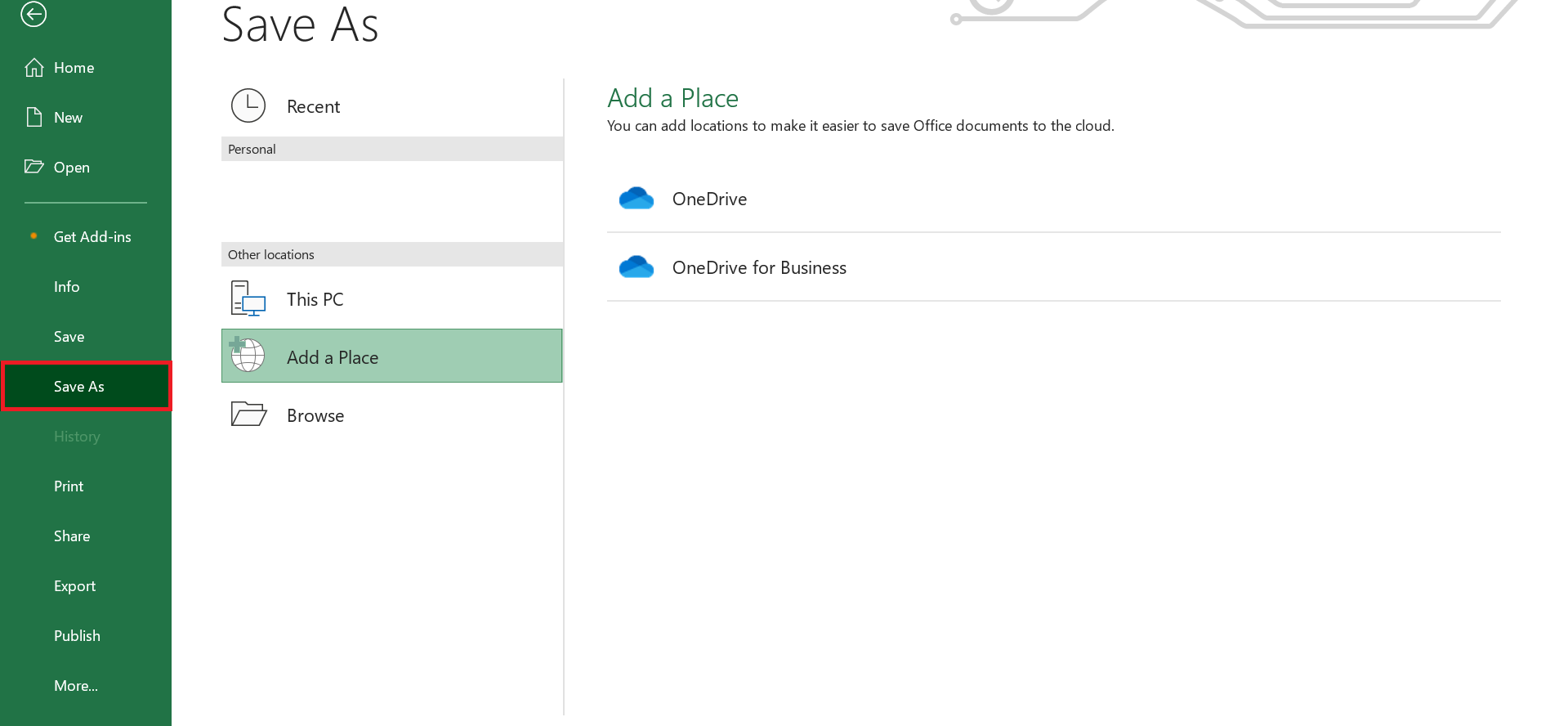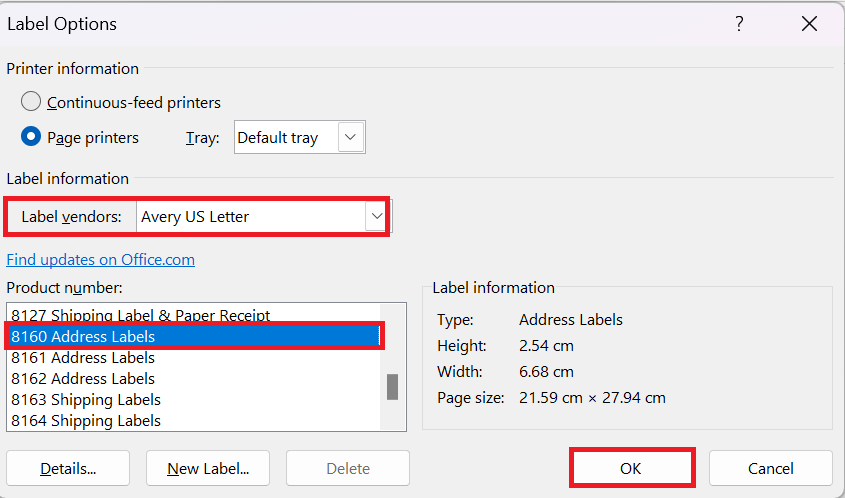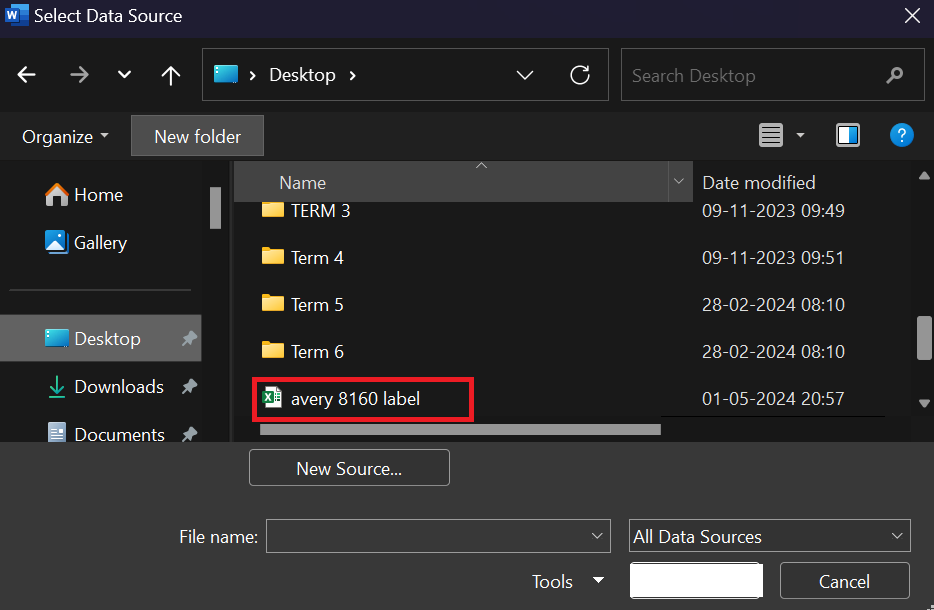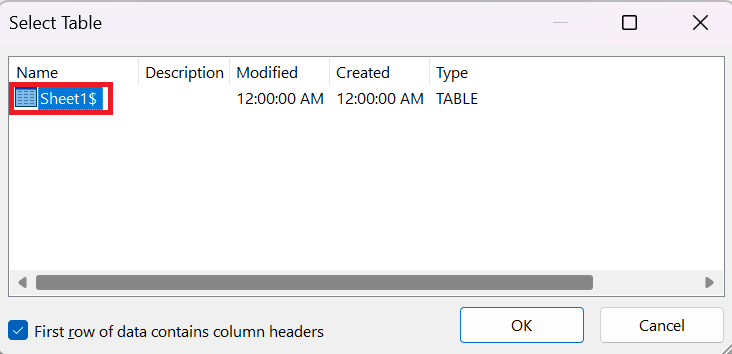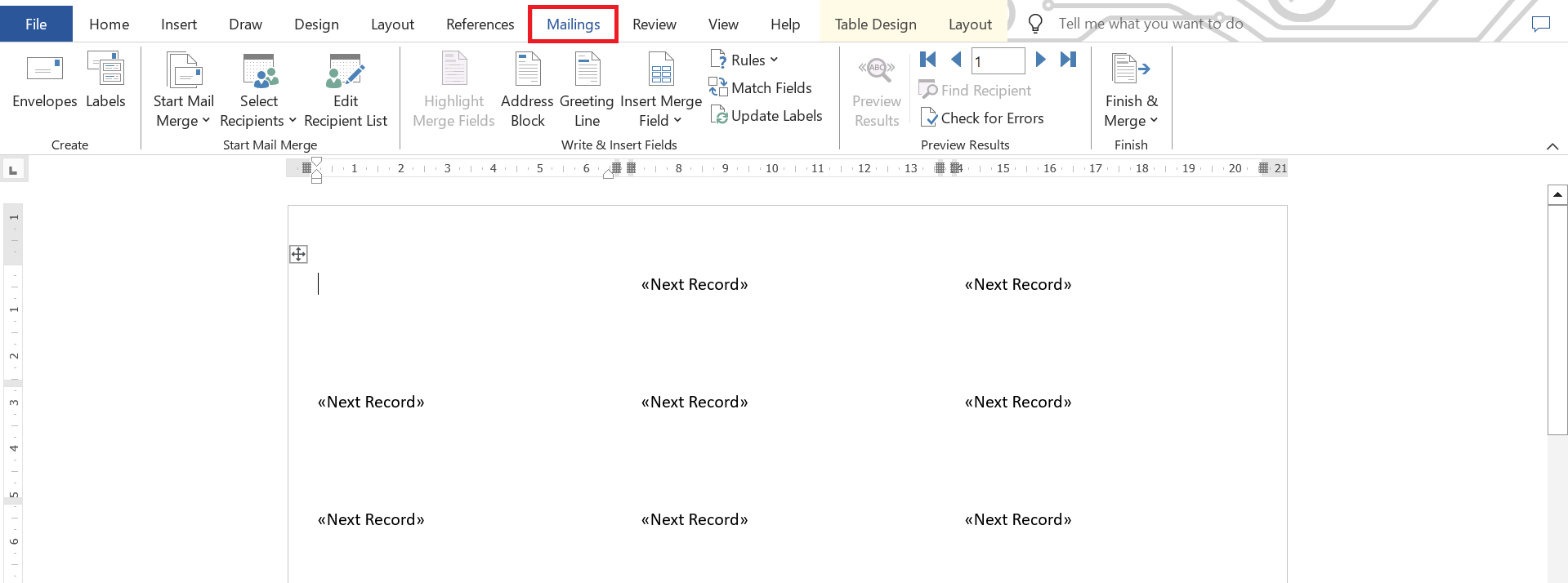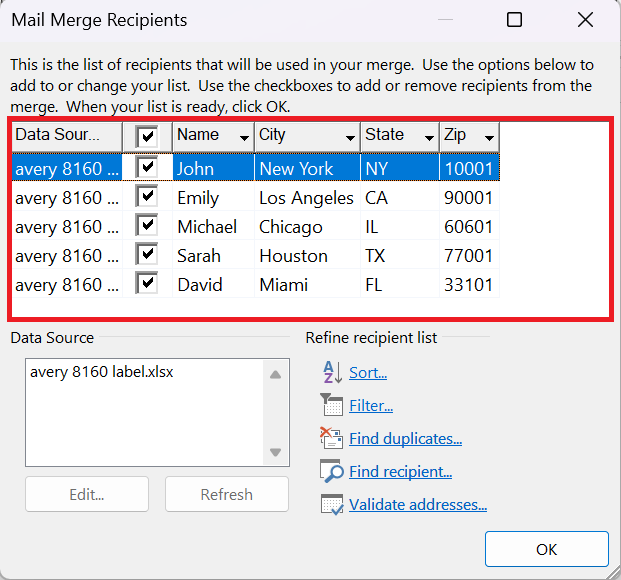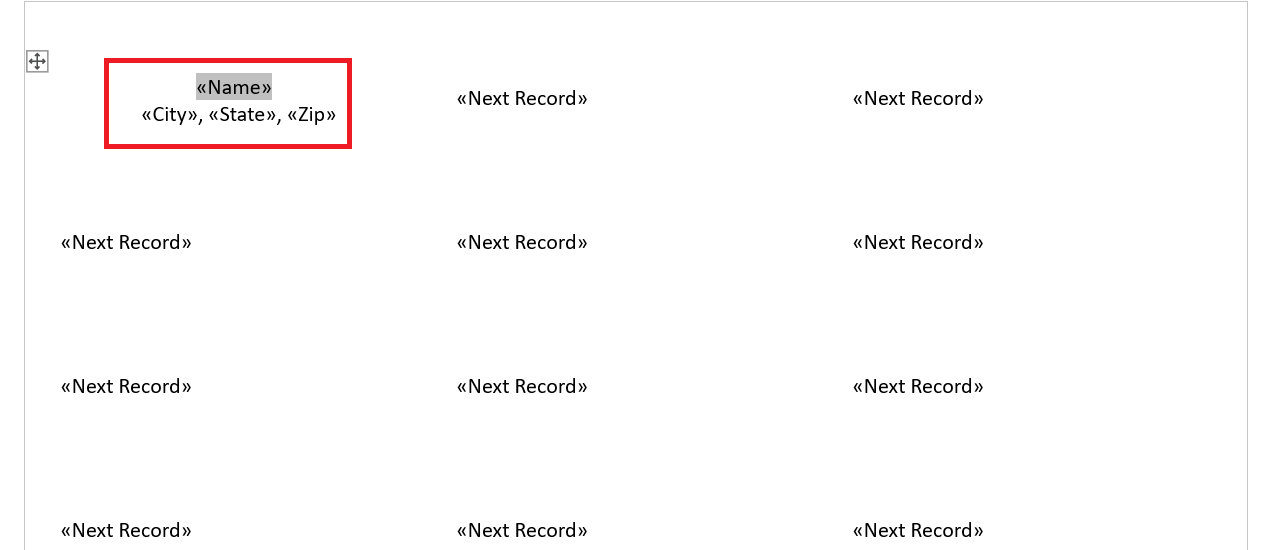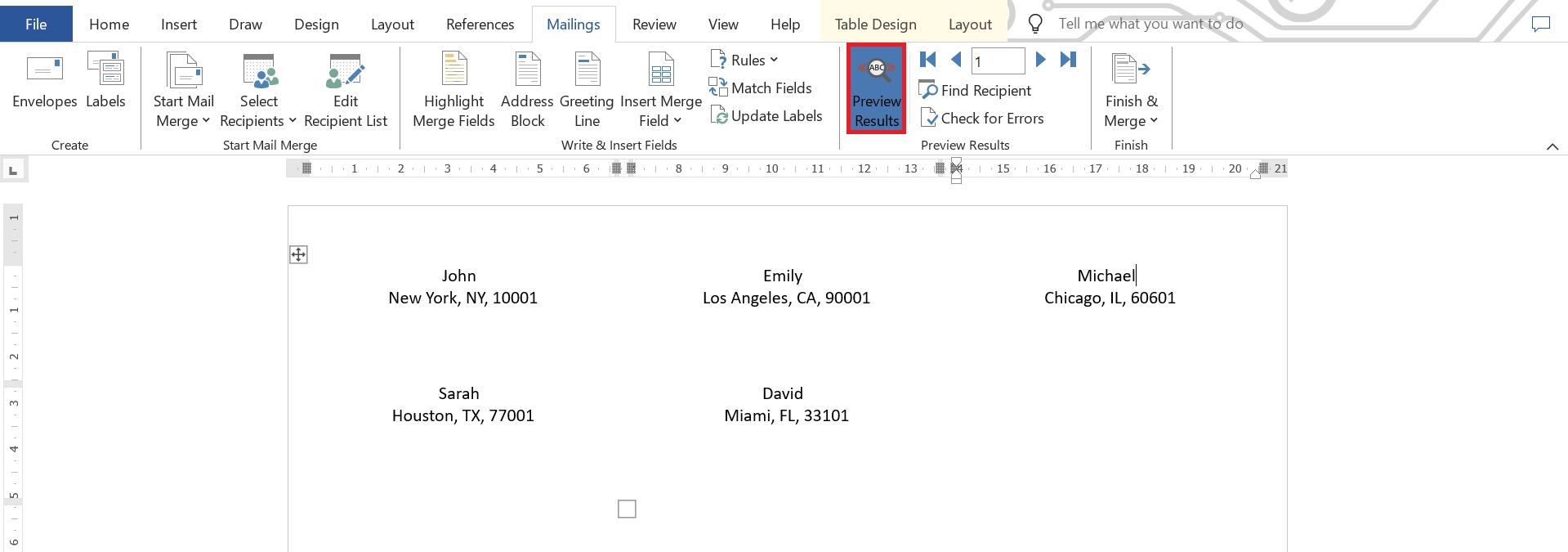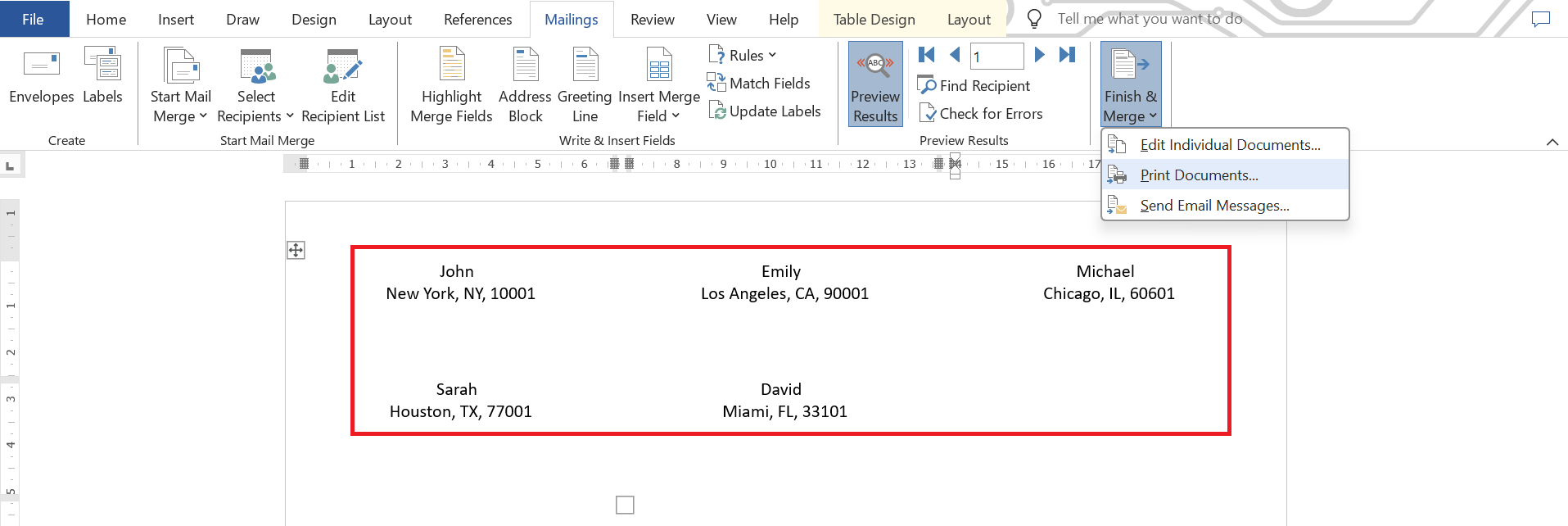Microsoft Excel and Avery 8160 labels are a dynamic duo for efficient and professional mailing tasks. With Excel’s organizational prowess and Avery’s reliable labels, you can streamline your mailing processes and ensure your correspondence stands out.
Key Takeaways:
- Excel’s Organizational Power: Excel’s interface allows you to efficiently manage recipient lists, ensuring accuracy and consistency in your mailing data.
- Efficiency in Label Creation: Using Excel for label creation saves time and minimizes errors, enabling you to manipulate data effortlessly and maintain uniformity.
- Step-by-Step Label Printing Guide: Follow a simple step-by-step guide to seamlessly print Avery 8160 labels from Excel using Microsoft Word, ensuring your labels are accurate and professional-looking.
- Customization within Excel: Customize label designs within Excel by adjusting fonts, colors, borders, and alignment, leveraging Excel’s built-in features for a personalized touch.
Table of Contents
Introduction to Excel and Avery 8160 Labels
Understanding the Basics of Avery 8160 Labels
If you’re preparing to send out a large mailing—be it for professional newsletters or personal holiday cards—the Avery® 8160 labels are a great ally. Perfect for various envelope sizes, they make your letters look sharp and smart.
Each sheet serves up a generous 30 labels, and these labels are ideally sized at 1″ x 2-5/8″, fitting neatly onto US Letter templates. As one of the go-to labels across the US, they ensure that your printed text—whether in black and white or color—stands out impressively.
To integrate these with your projects, templates for the Avery® 8160 can be accessed and downloaded in WORD or PDF format, and they’re fully compatible with a variety of printing options, including Google Docs through the Foxy Labels extension.
The Importance of Using Excel for Label Creation
Using Excel for creating labels streamlines the process, especially when you’re handling large datasets. Excel’s interface allows you to efficiently manage your recipient list and when it comes to editing, sorting, or updating your contacts’ information, Excel proves vastly superior.
Imagine manually writing out hundreds of addresses. Now, picture effortlessly manipulating columns of data where each column represents a distinct element of your addresses—names, street information, cities, zip codes, etc. Not only does this save valuable time, but it minimizes the risk of human error. Labels generated through Excel ensure uniformity and consistency, both crucial for professional correspondence. Moreover, with Excel, once your data is ready, repurposing it for different label types or future projects is just a few clicks away.
Preparing Your Excel Spreadsheet for Avery 8160 Labels
Organizing Data Effectively in Excel
Before diving into label printing, the first step is to get your data in shipshape within Excel. Making sure your contacts are neatly organized is essential. Start by arranging your data in columns with clear headers such as ‘Name,’ ‘Address,’ ‘City,’ ‘State,’ and ‘Zip Code.’ This will not only keep your data tidy but also make the next stages of the process run much more smoothly.
Remember to use one row for each label you plan to print, which corresponds to one mailing recipient. Consistency is key, so ensure your data follows a uniform format throughout. This might involve getting rid of extra spaces or checking for consistent use of capitalization. It’s also a good idea to review your list for duplicates or outdated information to maintain accuracy.
Tips for Formatting Your Excel Data for Avery Labels
When prepping your Excel data for Avery labels, a few formatting tips could make all the difference. First, double-check that each column is clearly labeled at the top—this will be crucial during the mail merge process. Ensure that each piece of address information occupies its own column (e.g., First Name, Last Name, Street Address, City, State, Zip Code).
Next, keep an eye on the details:
- Check for accurate zip codes and state abbreviations.
- Maintain consistency in how you display suite or apartment numbers.
- Standardize the format of phone numbers and email addresses if these details are also being included on your labels.
- Use text wrapping judiciously to avoid data spilling into the next cell.
Additionally, use the ‘Trim’ function to remove any unwanted spaces that could affect the alignment of your labels and employ the ‘Text to Columns’ feature if you need to split data from one column into two (for instance, separating full names into first and last names).
To visualize your final label, try to adjust column widths to resemble the actual width of the fields on the Avery label. This gives you a rough idea of how text will look upon print.
Remember, taking these small steps in Excel helps prevent formatting quirks later on and ensures your labels look polished and professional.
Step-by-Step Guide to Printing Avery 8160 Labels from Excel
To start, begin by crafting a dataset within Excel, followed by importing it to create Avery 8160 Labels in Microsoft Word. Here’s a step-by-step guide:
STEP 1: Begin by organizing a dataset in Excel containing pertinent information such as Name, City, State, and Zip of individuals.
STEP 2: Save the Excel file by navigating to the File tab, then selecting “Save as” and choosing a preferred location. Name the file accordingly.
STEP 3: Open Microsoft Word and create a new blank document.’
STEP 4: Head to the Mailings tab, select “Start Mail Merge,” and then choose “Labels.”
STEP 5: In the Label Options box, opt for Avery US Letter as the Label vendor and select 8160 Address Labels as the Product number before pressing OK.
STEP 6: Next, under the Mailings tab, choose “Select Recipients” and then “Use an Existing List.”
STEP 7: Navigate to the Select Data Source box and select the previously saved Excel file. Click OK.
STEP 8: Choose the desired table from the Select Table box, ensuring to enable the “First row of data contains column headers” option before clicking OK.
STEP 9: Confirm that the records have been successfully imported from the Excel file by checking under the Mailings tab.
STEP 10: Verify the imported recipients by clicking on the “Edit Recipient List” feature under the Mailings tab.
STEP 11: Insert merge fields by navigating to the Mailings tab, clicking on “Insert Merge Field,” selecting the desired field (e.g., Name, City), and click Insert. Repeat this process for each field.
STEP 12: Once all fields are inserted, go to the Mailings tab and click on “Update Labels” to ensure all labels are up to date.
STEP 13: Preview the results by selecting “Preview Results” under the Mailings tab.
STEP 14: Your Avery 8160 labels are now ready for printing using Microsoft Word.
Designing Professional-looking Labels with Excel and Avery
Customizing Label Design within Excel
Customization is key for a standout label design, and even within Excel, you have a range of options to personalize to your heart’s content. Here’s how you can spice up your labels:
Fonts and Sizes: Start by choosing a font that resonates with your brand or the occasion. Adjust the font size so it is legible but also fits comfortably within the label boundaries.
Colors and Borders: Add a splash of color by filling cells with background colors that complement your text. If you’re feeling creative, insert borders for definition or even use conditional formatting to color-code your labels.
Images and Logos: Incorporate your company logo or a special image. While Excel isn’t typically known for image editing, you can insert logos in a separate cell or use ‘Insert’ to layer images over your label setup.
Alignment and Text Orientation: Fine-tune how your text sits within the label. Experiment with centering your text or altering the orientation for a dynamic look.
Templates and Shapes: Make use of Excel’s shape tools to craft unique label backgrounds or frames, and remember that Excel’s built-in templates can provide inspiration for your designs.
Overall, when customizing within Excel, you tap into a straightforward design process that saves you from juggling between different software, allowing you to maintain both creativity and efficiency.
FAQ: Excel to Avery 8160 Label Printing
Can you print labels with a regular printer?
Yes, you can print labels with a regular printer as long as it supports the paper size and type required for your labels.
What is mail merge?
Mail merge is a feature in word processing applications that allows you to personalize documents by merging a template with a data source, typically a spreadsheet, to create multiple copies with unique information.
Can you make Avery labels from an Excel spreadsheet?
Yes, you can create Avery labels from an Excel spreadsheet by using the mail merge feature in Microsoft Word, where you can import data from Excel to populate the labels.
Can you print labels directly from Excel without Word?
Yes, you can print labels directly from Excel without using Word by setting up the print settings to fit the label dimensions and formatting the cells accordingly.
What are the dimensions for Avery label 8160?
The Avery label 8160 has dimensions of 1″ x 2-5/8″ and typically comes in sheets with 30 labels per sheet.
John Michaloudis is a former accountant and finance analyst at General Electric, a Microsoft MVP since 2020, an Amazon #1 bestselling author of 4 Microsoft Excel books and teacher of Microsoft Excel & Office over at his flagship MyExcelOnline Academy Online Course.

